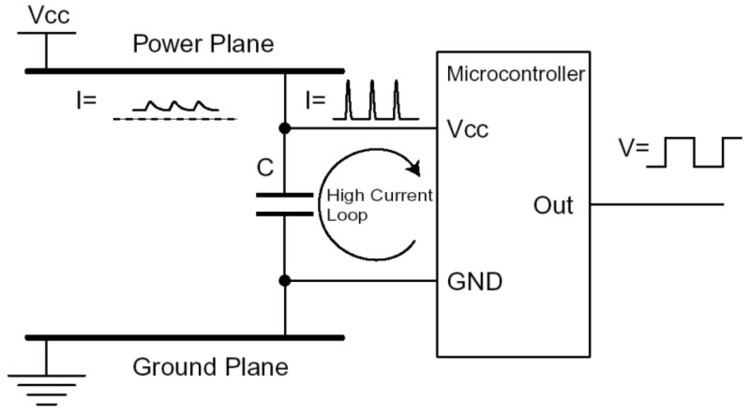 | ||
Emission-aware programming is a design philosophy aiming to reduce the amount of electromagnetic radiation emitted by electronic devices through proper design of the software executed by the device, rather than changing the hardware.
Contents
Rise and Fall Time
One way of reducing the emissions of an MC System is to extend the rise and fall time (Slew Rate Control). Some controllers like the Motorola HCS08 offer the feature of software controlled slew rate output buffers enabling the user to extend the rise time from 3 ns to 30 ns for each pin separately.
Some microcontrollers offer current limiting, a way of limiting the maximum current driven by the output port (e.g. Motorola MCS12).
Emission Control: Power Saving
The most effective way of reducing emissions is to temporary shut down unused modules in the MC, thereby saving power. Most controller support several sleep modes.
Conclusion
In order to reduce electromagnetic emissions on software basis the following measures should be considered:
Most software implemented improvements on emission can only be detected using an Average-Detector!
